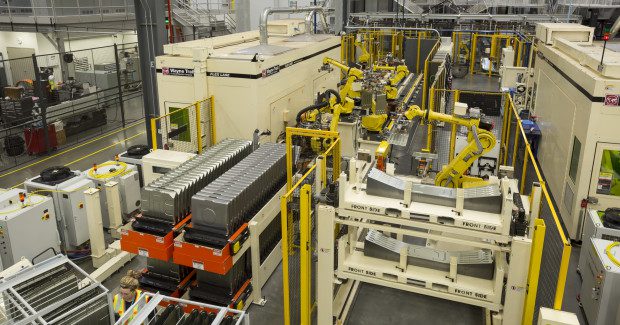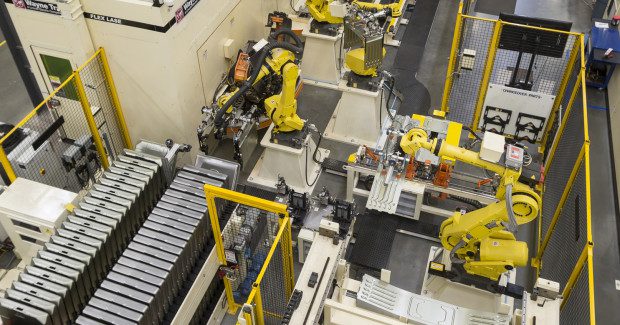How to Evaluate Robotic Welding Integrators for Automation Success
Getting started with a robotic welding automation project may seem like a daunting task at first. But by breaking the project into steps and evaluating a complete solution, you will achieve success by selecting the best robotic welding integrator for your specific operations. Here’s how to do it.
Posted: February 14, 2014
It’s been known that automation offers a host of benefits in a variety of welding applications. When automation and welding come together, the results can include increased productivity and quality. Getting started with a robotic welding automation project may seem like a daunting task at first.
However, by maintaining focus, breaking the project into steps and evaluating a complete solution, you will achieve success by selecting the best robotic welding integrator for your specific operations. Focus on where and how you will implement robotics in your facility, and research integrators based on your application, requirements and specific needs.
PREPARE YOUR TEAM
Clearly identify a point person or lead for your robotic integrator evaluation. This individual will be tasked with ensuring a thorough and consistent review of criteria critical for your company, your team and your application. This contact will organize the purpose, goals and expected outcomes of your robotic initiative. They will have responsibility lead the evaluation of services and capabilities, communicate their analysis and select the partner that will best meet your needs.
If you have a lot of part variation or inconsistent fit-up, address these issues ahead of pursuing automation. Also, evaluate the accessibility of the weld joint for a robot to reach and successfully complete all of the welds; and ask yourself if you have requirements for tooling, fixturing and positioning of the part. Identify potential bottlenecks or surrounding areas that may change, such as part flow or new welding consumable types or packaging, including a changeover from spools to bulk wire packaging.
EVALUATE YOUR OPERATION
Once you have a point person, you need to define and scope the application and the location where you plan to implement robotics in your manufacturing process. The most important part of this is to assess your parts to ensure that they are right for automation.
Consider the following to determine if your application is right for automation:
- Are the components that make up your part assembly consistent and repeatable?
- Do your lot sizes or part sizes justify automation?
- Do you have long, multi-pass or heavy-deposition welds that lend themselves to automation?
If you have a lot of part variation or inconsistent fit-up, you need to address these issues ahead of pursuing automation. Also, evaluate the accessibility of the weld joint for a robot to reach and successfully complete all of the welds; and ask yourself if you have requirements for tooling, fixturing and positioning of the part. Identify potential bottlenecks or surrounding areas that may change, such as part flow or new welding consumable types or packaging, including a changeover from spools to bulk wire packaging.
DO YOUR RESEARCH
Based on your work area, part requirements and specific application needs, research the capabilities offered by robotic integrators. Look for integrators that can do the following:
- Provide expertise in welding processes, and provide ongoing support for the robot system
- Conduct a part evaluation and provide weld samples to prove their capabilities
- Demonstrate experience by referencing success stories similar to your application
- Provide system training in their or your facilities
- Involve your welding department personnel in the selection process
- Take ownership of the complete system design
- Use a robot that is designed for arc welding and has the appropriate software
It’s important to select an integrator that can provide expertise regarding your welding processes, and can address your manufacturing opportunities with a comprehensive and complete solution. Your integrator must be knowledgeable about robot capabilities, because when it comes to welding, not all robots are made the same. It’s also important to select an integrator with a complete offering. For instance, your system may require fixturing, tooling, positioning or additional functionality.
For further assurance, conduct a site visit to visibly gauge your integrator’s ability to handle your needs now and in the future. If to the integrator can demonstrate welding expertise, innovation and ongoing support, then you know that you have chosen a partner for today and tomorrow.













